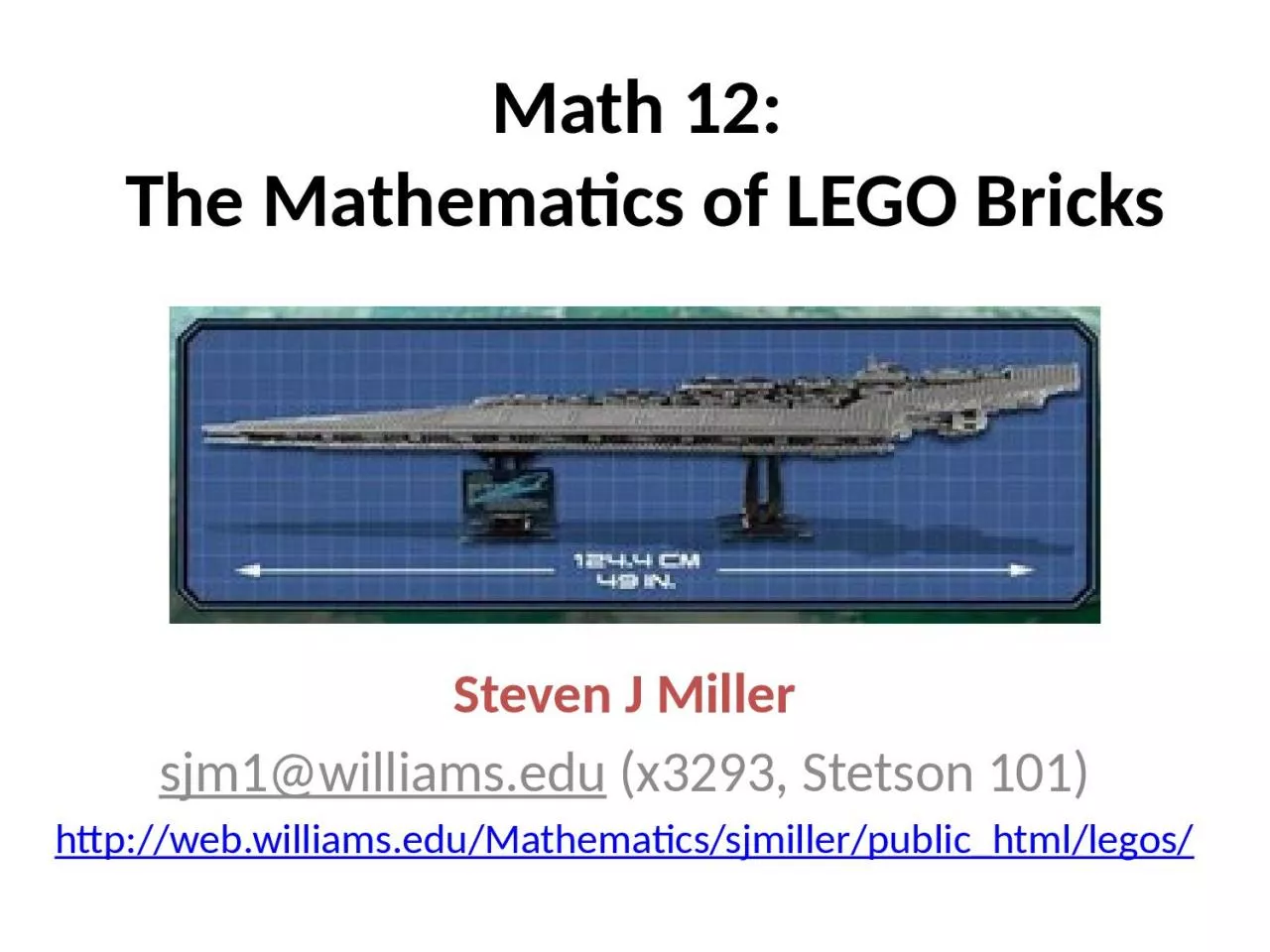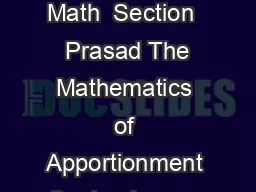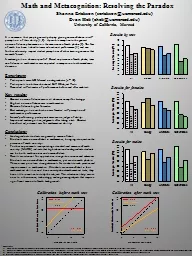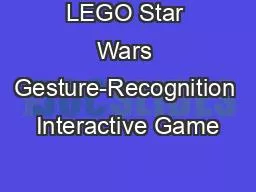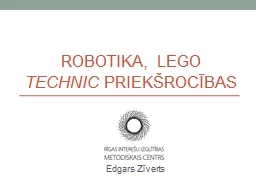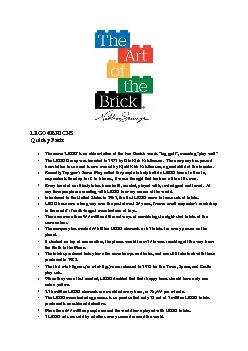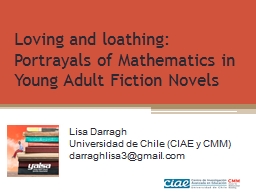PPT-Math 12: The Mathematics of LEGO Bricks
Author : layla | Published Date : 2023-09-20
Steven J Miller sjm1williamsedu x3293 Stetson 101 httpwebwilliamseduMathematicssjmillerpublichtmllegos Quick Overview Main Goals for Classes Lego Idea Challenge
Presentation Embed Code
Download Presentation
Download Presentation The PPT/PDF document "Math 12: The Mathematics of LEGO Bricks" is the property of its rightful owner. Permission is granted to download and print the materials on this website for personal, non-commercial use only, and to display it on your personal computer provided you do not modify the materials and that you retain all copyright notices contained in the materials. By downloading content from our website, you accept the terms of this agreement.
Math 12: The Mathematics of LEGO Bricks: Transcript
Download Rules Of Document
"Math 12: The Mathematics of LEGO Bricks"The content belongs to its owner. You may download and print it for personal use, without modification, and keep all copyright notices. By downloading, you agree to these terms.
Related Documents

